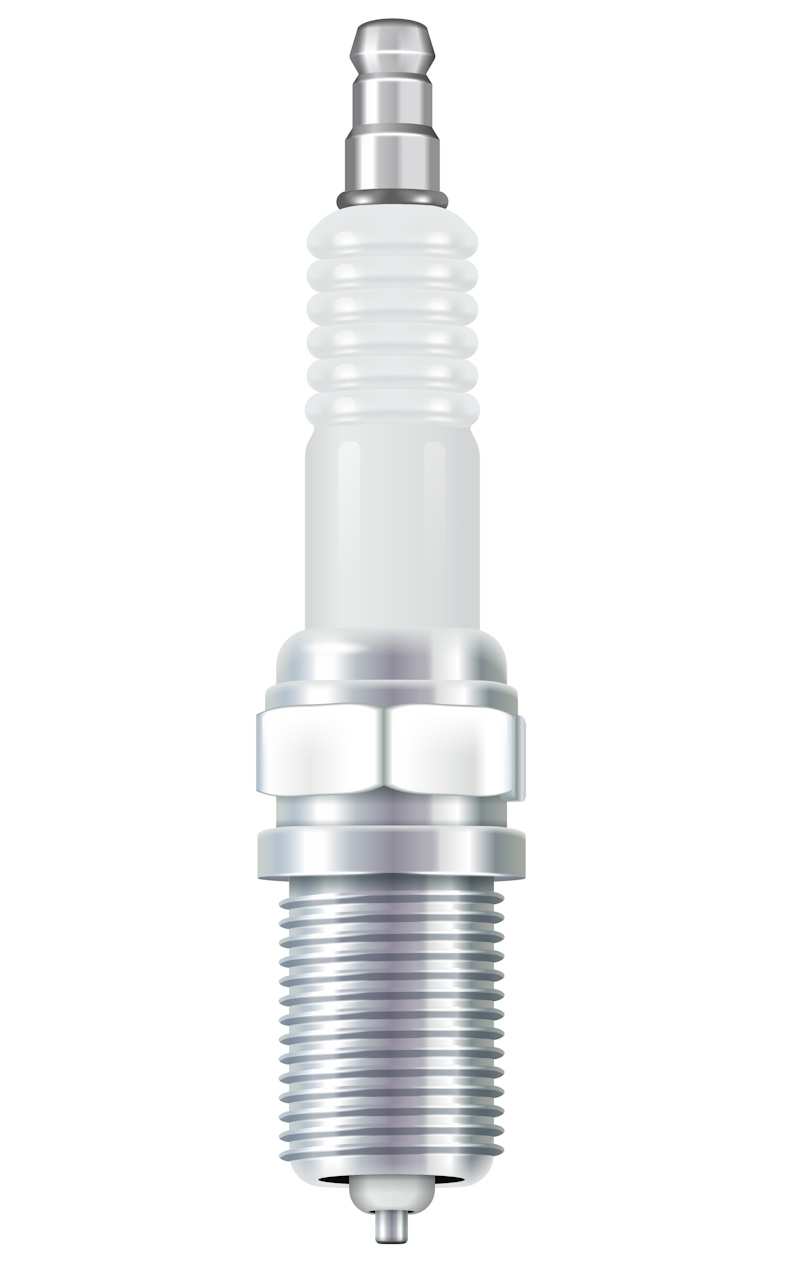In the era of dynamic automotive technology development, car parts manufacturers face a huge challenge. Producing high-quality components that meet the strict requirements of modern engines has become a priority. The timing system, which manages the synchronization of valve and piston movements, plays a crucial role in the powertrain. For the manufacturers of these parts, this is yet another key task to accomplish.
Chain timing systems, long used in combustion engines and made of durable steel, provide reliability over years of use. The metal chain, tensioned by a hydraulic tensioner and driven by the crankshaft gear, withstands high loads and ensures precise synchronization. However, chain timing can be noisier and unfortunately more costly to repair.
In response to these challenges, belt timing systems were developed. They use rubber belts to drive the camshafts and maintain valve movement synchronization. Timing belts made of high-grade rubber, reinforced with carbon fibers, are lighter and cheaper to produce. They are also quieter, require no maintenance, and have a longer lifespan.
However, belt timing systems have certain limitations. Due to the materials they are made of, they are less resistant to high temperatures and more prone to wear in cases of poor maintenance or excessive load. This, in turn, can lead to loss of synchronization and potential engine damage.
The decision between chain and belt timing systems depends on many factors, such as the type of engine, durability, and operating costs. Automotive parts manufacturers constantly invest in research and development to create solutions that provide performance, durability, and user comfort. An example is chain timing systems in engines with variable timing geometry, allowing for more precise timing control, which translates to better performance, reduced fuel consumption, and lower emissions.


